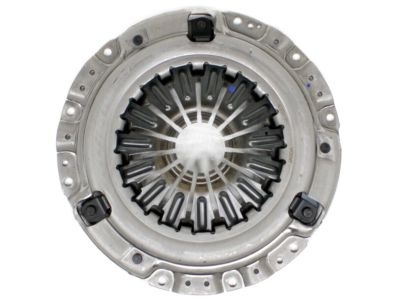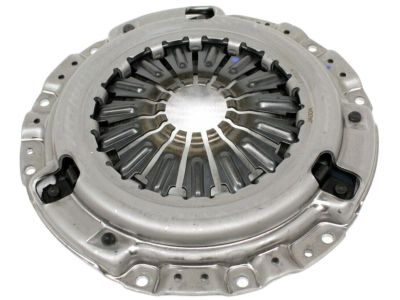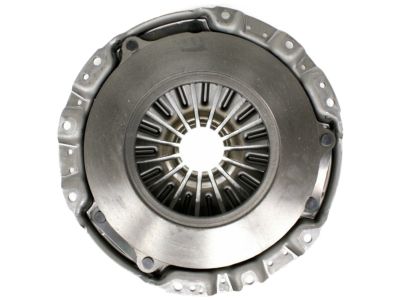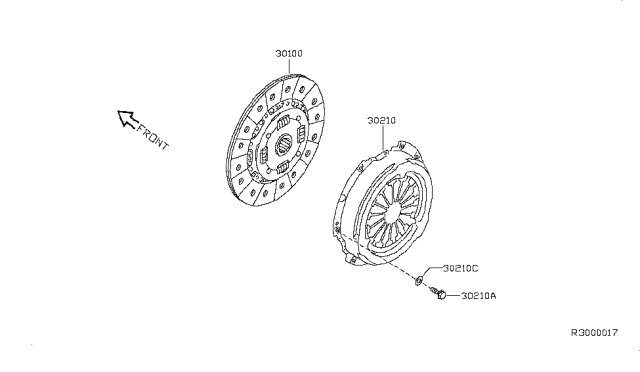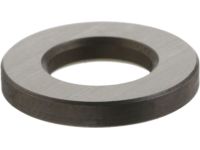To ensure reliability, purchase Nissan part # 30210-JA00A Cover Assembly-Clutch. It can be referred to as Pressure Plate. The first option would be to use OEM parts. Designed by Nissan manufacturer and are produced with stringent factory specifications, undergoing the quality control procedures. This part fits 2007-2013 Altima, 2007-2012 Sentra.
NissanPartsDeal.com is a leading supplier of genuine Nissan parts and accessories, such as 30210JA00A Cover Assembly-Clutch. Welcome to our vast selection of competitively priced genuine Nissan parts available online. We provide each OEM part with a manufacturer's warranty and a straightforward return policy. Place your order now and receive your parts quickly, shipped directly to your doorstep.

